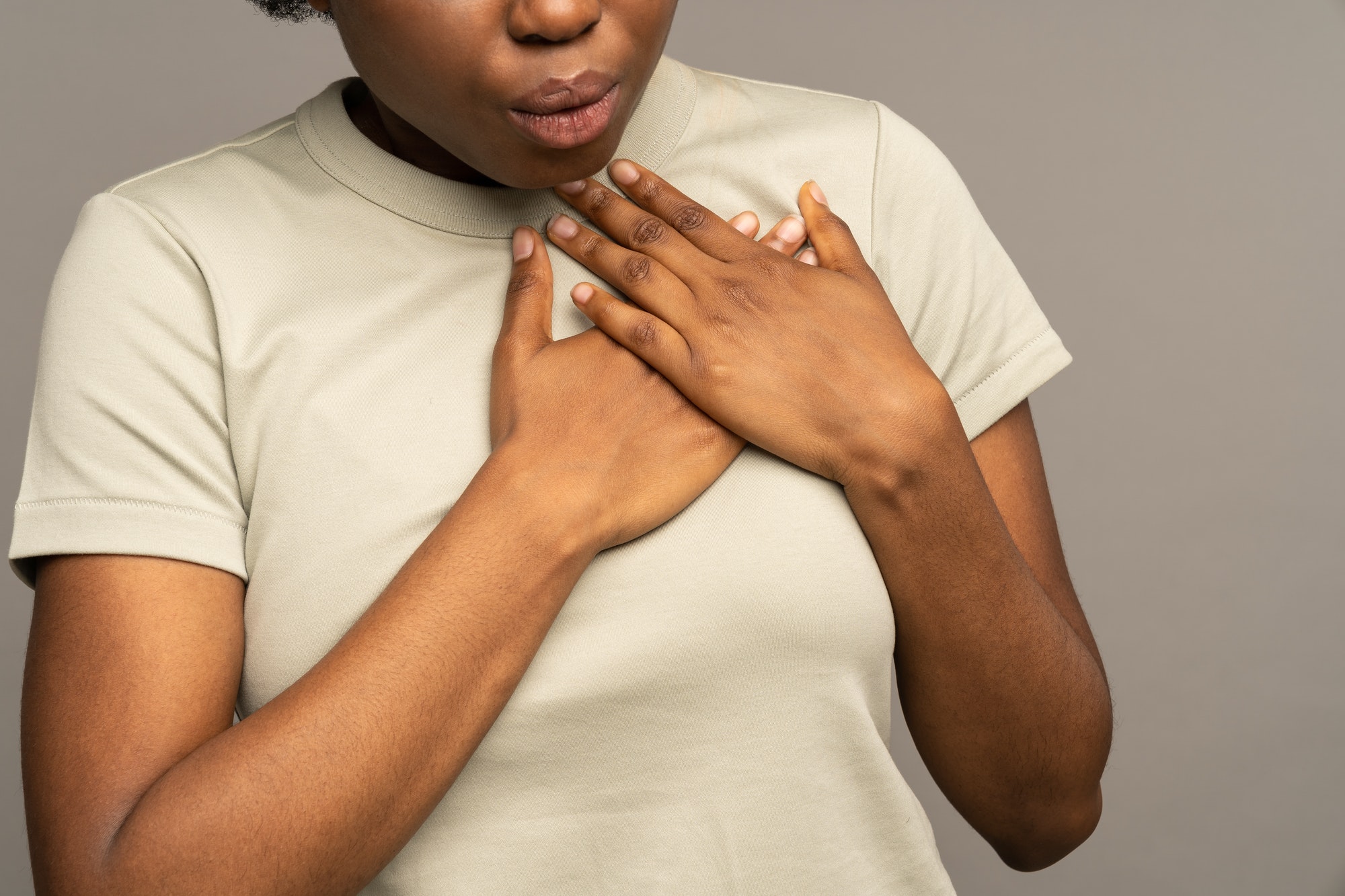What’s the Most Effective Breathing Technique for Deep Sea Divers?

Diving into the deep blue sea is an awe-inspiring adventure filled with lush coral reefs, colourful fish, and mysteries waiting to be uncovered. Yet, it’s not just about the breathtaking views. Diving is a sport that demands a high level of physical fitness, technical know-how, and above all, effective breathing techniques. Breathing plays a critical role in diving, as it directly influences how long you can stay underwater, your safety, and overall dive experience.
The Mechanics of Breathing While Diving
Understanding the mechanics of breathing while diving sets the foundation for learning effective techniques. When you breathe, your body is conducting a two-part process: inhaling oxygen and exhaling carbon dioxide. In diving, this simple act becomes more complex due to factors such as pressure, the use of a breathing apparatus, and the need to regulate your air consumption.
Dans le meme genre : How Can Nanotechnology Be Applied to Develop Lighter Racing Bikes?
When you descend into the water, the pressure increases. Every ten meters you descend, the pressure increases by one atmosphere. This higher pressure compresses the air in your lungs, making the volume of each breath you take effectively larger. This means you consume your air supply faster the deeper you dive and the faster you breathe.
The Essential Breathing Techniques
Having a grasp of the mechanics of breathing under water, let’s dive into the most effective techniques. Divers often use different techniques based on their training, the type of dive, and personal preference. However, some common practices are universally acknowledged.
A lire en complément : What Are the Nutritional Requirements for Adolescent Triathletes in Growth Spurts?
Slow and Deep Breathing
Optimizing your air consumption is crucial when diving. Slow, deep breaths allow you to conserve your air supply, extend your dive time, and minimize the risk of lung overexpansion injuries. By taking in air slowly and deeply, you allow your body to absorb more oxygen and expel more carbon dioxide with each breath. This can also help regulate your buoyancy – the ability to float in water – as your lungs act like a natural buoyancy control device.
Skip Breathing
Skip breathing is another technique you might come across. This involves holding your breath for a short period after inhaling, allowing your body to extract more oxygen from each breath. However, this method is often discouraged in diver training programs. The held breath increases the pressure inside your lungs, risking a lung overexpansion injury if you ascend while holding your breath.
Breathing from the Diaphragm
Breathing from the diaphragm, rather than the chest, can also improve your air consumption. This technique involves expanding your stomach as you inhale and contracting it as you exhale. This method allows for fuller, more efficient breaths and can also help to calm the body, reducing air-consuming stress and anxiety.
The Use of Breathing Gas in Diving
In diving, the air you breathe is not just ordinary air. It’s a carefully composed breathing gas that divers carry with them in their scuba tanks. The type of gas you use can affect your dive in various ways, including your depth limit, gas consumption rate, and decompression obligations.
The most commonly used breathing gas in recreational diving is compressed air, which is approximately 21% oxygen and 79% nitrogen. However, for deeper dives, divers often use a blend of oxygen, nitrogen, and helium known as trimix. Trimix allows divers to go deeper without experiencing nitrogen narcosis – a condition that can cause confusion and hallucination under high pressure.
Understanding Dive Tables and Decompression
Dive tables are an essential tool in planning your dive and ensuring you ascend safely. They help divers calculate their maximum dive time at various depths, taking into account the type of breathing gas they’re using and the need for decompression stops.
Decompression stops are breaks that divers take during their ascent to allow their bodies to eliminate absorbed gases safely. Without these stops, divers run the risk of decompression sickness, also known as the bends. This condition occurs when absorbed gases form bubbles in the body, causing symptoms ranging from joint pain to paralysis or even death.
In essence, understanding and employing the correct breathing techniques enhance the diving experience and ensure safety. It’s a dynamic world beneath the water, and every breath you take holds the promise of a new discovery. Just remember, diving is not just about the gear or the dive site; it’s about the diver – the human in control. Your will, understanding, and execution of these techniques make all the difference.
The Dive Reflex and Its Implication in Breathing Techniques
A fascinating physiological phenomenon that occurs during diving is the dive reflex. This reflex, innate to all mammals, is triggered when your face is submerged in water. The impact of this reflex on your breathing pattern and heart rate is significant and understanding it can enhance your diving experience.
As you dive, the dive reflex slows your heart rate, and in response, your body conserves oxygen. This instinctive response is known as bradycardia. Additionally, the body diverts blood to vital organs like the heart and brain, preparing the body for extended periods of breath holding. This is known as peripheral vasoconstriction.
While the dive reflex can help to conserve oxygen, counteracting the instinctive urge to breathe can be challenging, particularly for beginners. One must train the body and mind to resist this urge and maintain a calm, steady breathing pattern. This is where techniques like slow and deep breathing and diaphragmatic breathing come into play. They not only conserve oxygen but also help manage the dive reflex and keep your body calm under the high pressure.
Raja Ampat, a popular diving destination, is known for its challenging diving conditions. Divers here have to deal with strong currents and varying depths. Therefore, understanding the dive reflex and employing effective breathing techniques are crucial for a safe and enjoyable diving experience in places like these.
Carbon Dioxide Retention and the Importance of Proper Exhalation
While managing your oxygen supply is crucial, it’s equally important to consider the levels of carbon dioxide in your system. When you hold your breath, carbon dioxide builds up in your blood. Too much of it can lead to a state called hypercapnia, which can cause dizziness, shortness of breath, and in extreme cases, unconsciousness.
This is why proper exhalation is a critical aspect of diving breathing techniques. By exhaling fully, you are ensuring that your body expels as much carbon dioxide as possible with each breath, reducing the risk of hypercapnia.
Moreover, a complete exhale also contributes to efficient gas exchange, as it empties the lungs completely, providing room for fresh, oxygen-rich air on the next inhale. This reduces air consumption and prolongs the dive. Efficient gas exchange is particularly important for scuba diving, where the breath hold technique is not employed, and the diver relies solely on their breathing gas supply.
Conclusion
Diving is an exhilarating activity that invites us to explore a world far removed from our everyday life. Yet, it’s also an activity that demands a profound understanding of our body’s physiological responses and the ability to manage them effectively. The key to mastering the deep sea lies in the delicate balance of oxygen and carbon dioxide levels within our bodies, managed through strategic breathing techniques and the mindful use of breathing gas.
From the dive reflex and its impact on our heart rate to the importance of proper exhalation for efficient gas exchange, each aspect of the breathing process has its purpose and effects. So, whether you’re planning a recreational dive in the colourful reefs of Raja Ampat or preparing for a challenging deep-sea adventure, remember – every breath you take underwater is a testament to your understanding, will, and the execution of these techniques.
The act of diving is indeed a delicate dance with nature. It requires respect for the power of the sea and its high pressure, an appreciation for the life that thrives beneath the surface, and an understanding of our role and responsibilities as explorers. As Jacques Cousteau, the father of modern diving, once said, "The sea, once it casts its spell, holds one in its net of wonder forever." Armed with the right knowledge and techniques, we can all be part of this wondrous dance.
